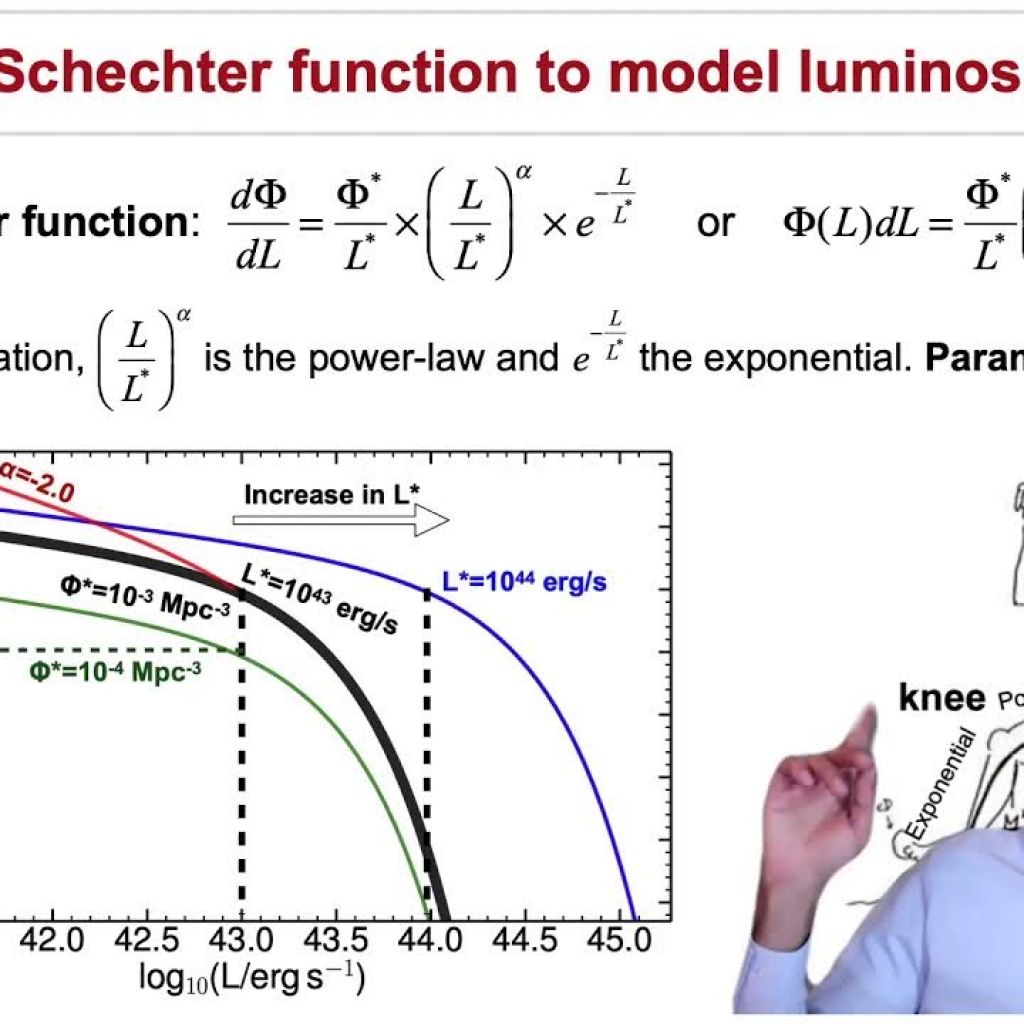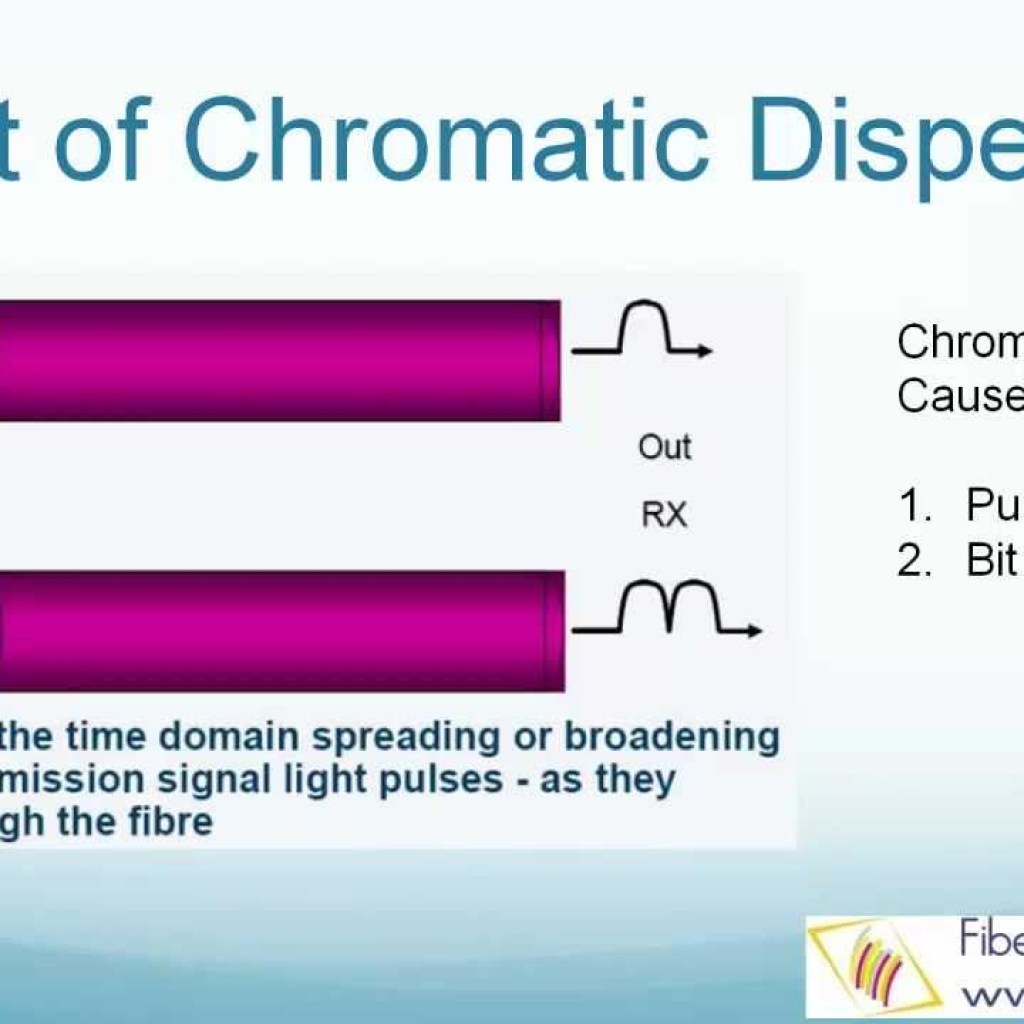Kelly Sidebands
Source: MDPI Soliton Mode-Locked Lasers and Kelly Sidebands In soliton mode-locked lasers, a quasi-soliton pulse circulates in the laser resonator, experiencing effects of chromatic dispersion, nonlinearities, losses, and amplification. The periodic disturbances in the resonator can couple the soliton to a dispersive wave, leading to the formation of Kelly sidebands. Understanding Kelly Sidebands Kelly sidebands […]








